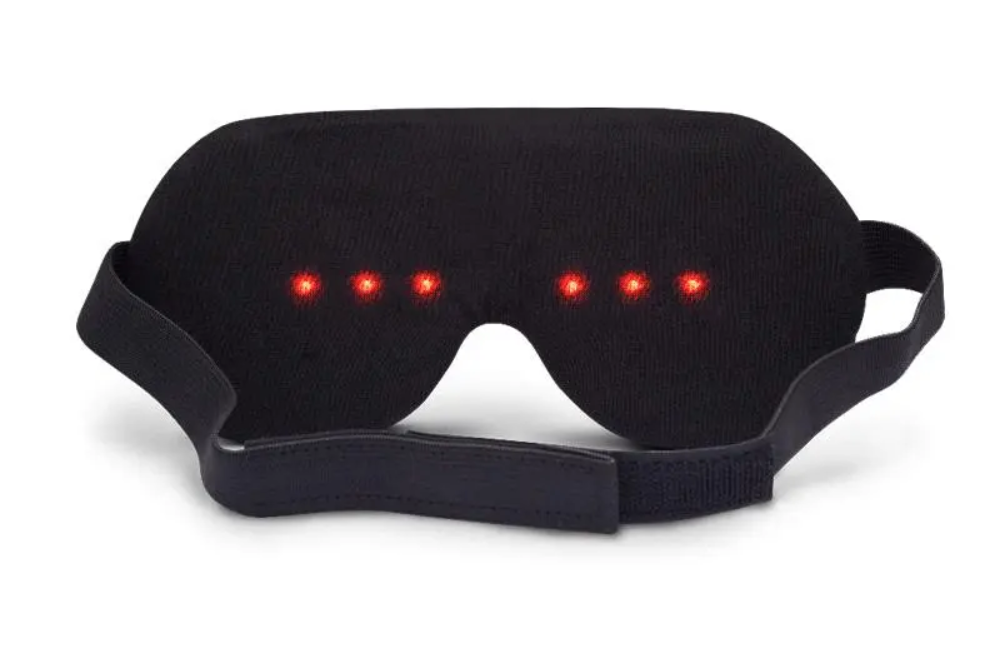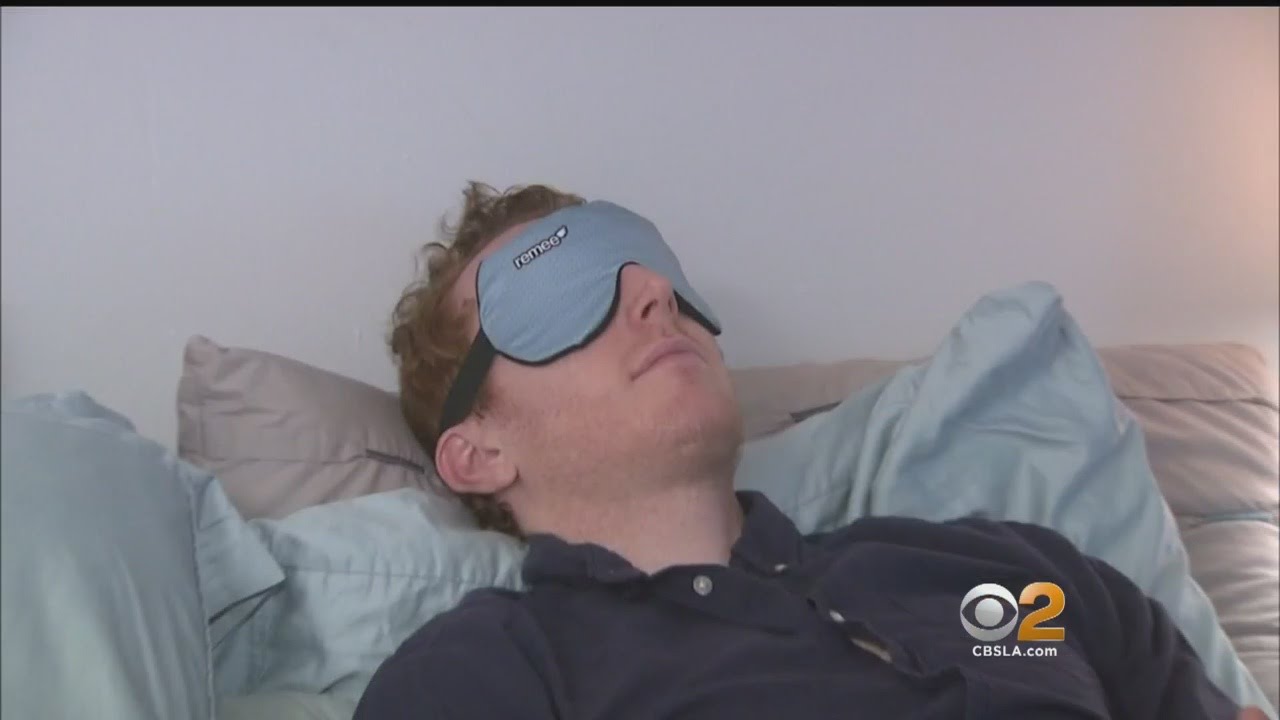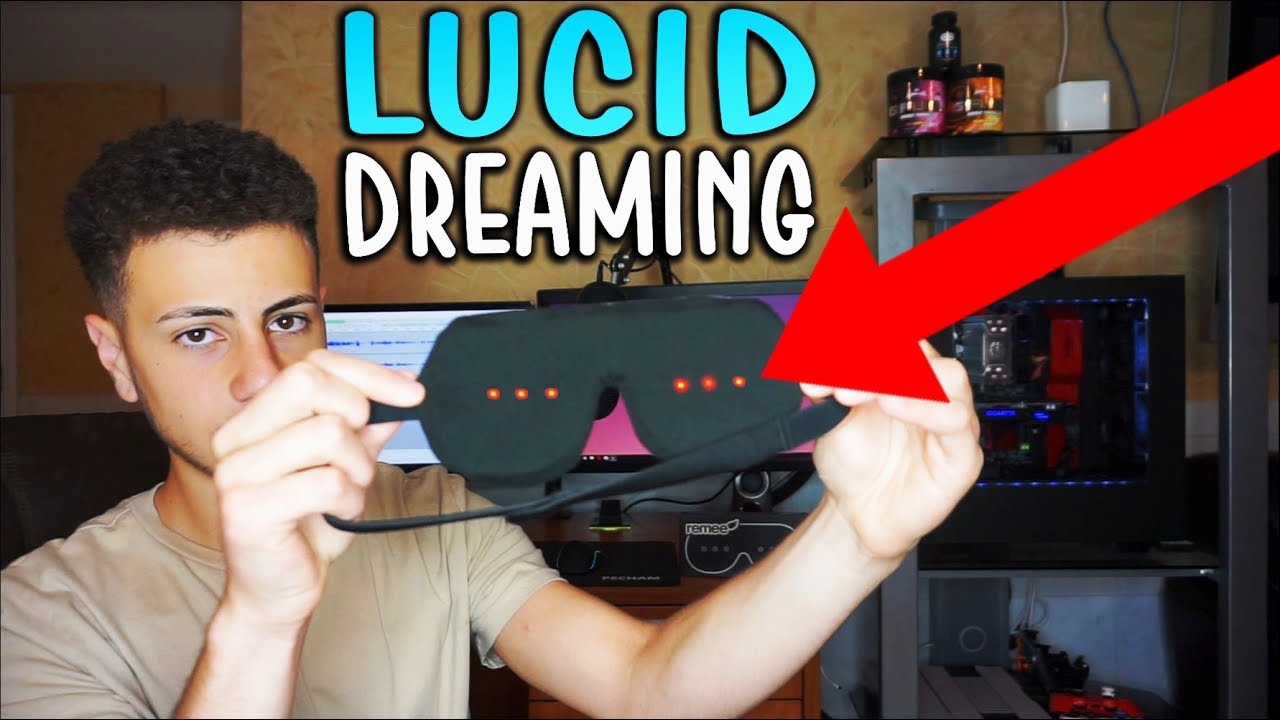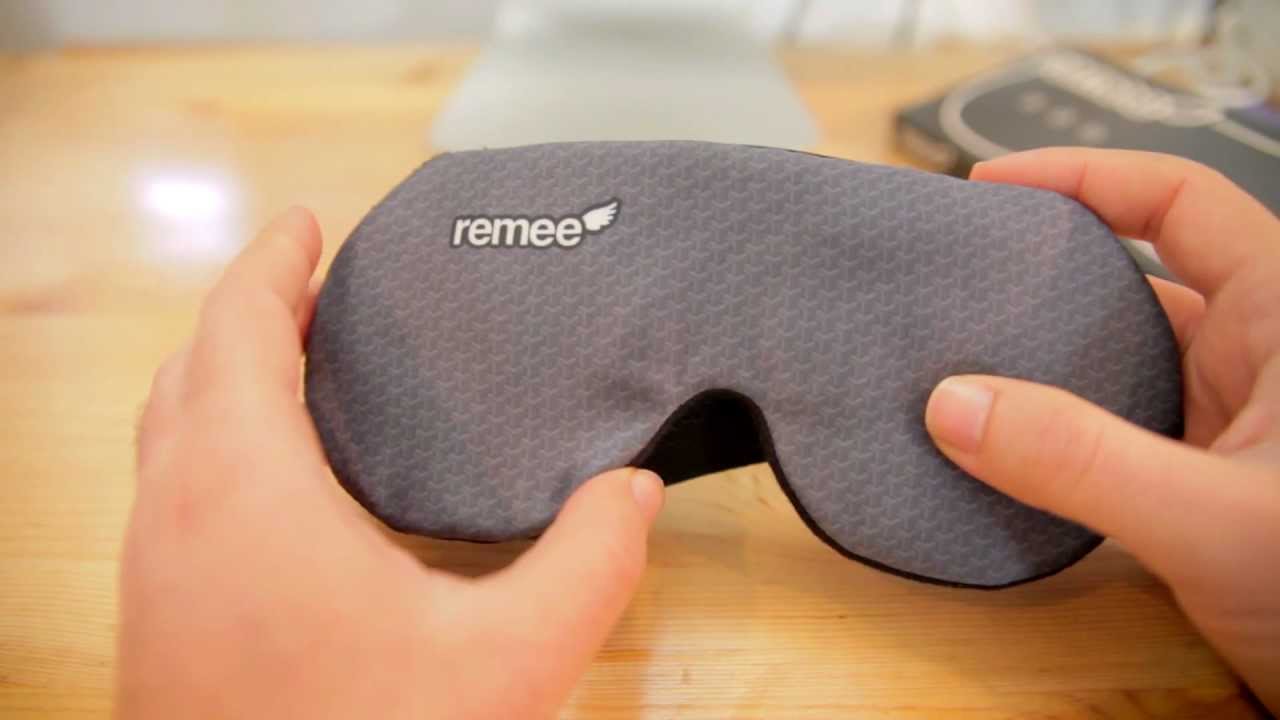Lucid Dream Mask - Why Is It More Than Just A Normal Sleep Mask?
The Lucid dream mask looks similar to a traditional sleep mask but it is more than that. Why?? Keep reading so you learn about it. It is made of soft materials so it does not bother your skin if you wear it on your face while you sleep.
Author:Xander OddityReviewer:Dr. Felix ChaosphereOct 12, 2022190 Shares2.5K Views

The Lucid dream masklooks similar to a traditional sleep mask but it is more than that. Why?? Keep reading so you can learn more about it.
The technology they use is what sets them apart from one another. Lucid dream masks have built-in sensors that monitor your sleep stages and features that gently alert you when you reach REM sleep.
These features help you become aware of the opportunity to begin lucid dreaming without fully waking you up. Lucid dream masks can be purchased online or at specialty retailers.

Sleep Mask Claims To Help Stimulate Lucid Dreaming
In a lucid dream, the dreamer is conscious of the fact that they are dreaming and often has some level of influence over the events that take place within the dream.
Lucid dreaming takes place during the rapid eye movement (REM) stage of sleep, which is also the stage of sleep during which the majority of your dreams take place.
A little more than 20% of people have at least one lucid dream per month, and a much smaller percentage can have multiple lucid dreams per week. It's estimated that as many as half of all people will never have a lucid dream.
Some researchers believe that lucid dreaming is a tool that can improve your well-being, boost your confidence and creativity, and help you achieve goals and solve problems in your waking life. However, the evidence for these benefits is debatable.
A positive and enjoyable experience, lucid dreaming is something that a lot of people wish they could have more of in their lives.
However, because dreams occur when you are asleep, it takes practice and effort to remember them after they have occurred. There is a new tool available called Lucid Dream Mask, and it has the potential to make the process simpler.
How It Works
It is made of soft materials so it does not bother your skin if you wear it on your face while you sleep.
Lucid dream masks use either timers or movement sensors in order to determine when the dreamer is in the REM stage of sleep.
The dreamer is then jolted awake by sounds, sights, or touches, depending on what features the lucid dream mask in question has.
Audio Cues:Audio cues can be anything from sounds to voice messages recorded by the dreamer themselves. This can be played back in the dream.
Tactile Cues: These signals are meant to be interesting enough to wake up the dreamer, but not so distracting that they wake them up.
Visual Cues:These are usually made up of a series of flashing lights that come from LED lights built into the mask.
All these signals are intended to be stimulating enough to alert the dreamer, but they should not be so disruptive as to wake them up from their sleep.
The fact that the person is dreaming makes it more likely that the cue will become a part of the dream's scenery.
For example, the sounds could be the sound of a phone ringing, and the sights could be lights in the dream.
Most lucid dream masks have an adjustable switch or an app or website that lets the user change how strong the dream cues are.
Regardless of whether the mask sends out a light, sound, or tactile cues, it is the responsibility of the person who is dreaming to recognize the signals and realize that they are having a dream.

LUCID DREAMING MASK! Does it work? (Remee Mask)
What Negative Effects Can Lucid Dream Masks Have?
The potential drawbacks of lucid dream masks have not yet been investigated by researchers. The light and sound signals could, however, impair the quality of your sleep.
Even brief exposure to electric light at night in low-light conditions might throw off a person's circadian rhythm. Similar to this, exposure to environmental noise causes a stress response, which can impair sleep and cause a sleep deficit the next day.
According to researchers, consistently generating lucid dreams could have two negative effects. The distinction between fantasy and reality may become hazy, and your sleep may become less restful.
Increased prefrontal cortex brain activity is seen during sleep in people who have lucid dreams. This part of the brain is less active during deep sleep.
The WBTB method for lucid dreaming is also based on waking yourself up during sleep, which may make sleep problems worse if you already have them.
Additionally, while lucid dreams may have some therapeutic value for patients who suffer from persistent or PTSD-related nightmares, some research raises doubts in this regard.
Further investigation is required to determine if lucid dreaming or lucid dream masks have a negative impact on sleep quality, mental health, or both.
Lucid Dream Mask Amazon
If you are interested in lucid dreaming or lucid dream masks, then you can buy lucid dream masks on Amazon.
Lucid Dream Mask Price
The Lucid Dream Mask's price ranges from $21.99 to $54.95.
Best Lucid Dream Mask
- Remee Dreamer Lucid Dreaming Mask (classic).
- REM Dreamer Pro Lucid Dream Induction.
- Mindfold Relaxation Sleep Mask.
- Glo to Sleep Dream Mask.
People Also Ask
Do Lucid Dream Masks Work?
Participants reported having lucid dreams both on nights when the dream mask delivered light signals and on nights when it did not, but on nights when the mask sent cues, they were more than twice as likely to do so.
Do Sleep Masks Help Lucid Dreams?
Yes, a sleep mask can help you achieve lucidity while dreaming. A sleep mask is very helpful for people who want to learn how to lucid dream or for people who already know how to lucid dream but want to make their dreams more vivid.
What Is The Most Successful Lucid Dream Technique?
A new study including 169 Australian volunteers found that the three strategies of reality testing, mnemonic induction, lucid dreaming, and wake-back-to-bed work best together to create lucid dreams.
Conclusion
Despite the fact that dreams are one of the aspects of the human experience that are both universal and inspiring, people don't spend a lot of time talking about how they affect their day-to-day lives.
Research conducted in more recent times has shown that having lucid dreams can improve one's mood, lower stress levels, make one more creative, and improve one's ability to find solutions to problems.
For some reason, when it comes to general health and well-being, however, dreaming is still, for some reason, treated as an afterthought. A lucid dream mask is there to help people remember the good things that lucid dreaming can do for their lives and for the quality of their sleep.

Xander Oddity
Author
Xander Oddity, an eccentric and intrepid news reporter, is a master of unearthing the strange and bizarre. With an insatiable curiosity for the unconventional, Xander ventures into the depths of the unknown, fearlessly pursuing stories that defy conventional explanation. Armed with a vast reservoir of knowledge and experience in the realm of conspiracies, Xander is a seasoned investigator of the extraordinary.
Throughout his illustrious career, Xander has built a reputation for delving into the shadows of secrecy and unraveling the enigmatic. With an unyielding determination and an unwavering belief in the power of the bizarre, Xander strives to shed light on the unexplained and challenge the boundaries of conventional wisdom. In his pursuit of the truth, Xander continues to inspire others to question the world around them and embrace the unexpected.

Dr. Felix Chaosphere
Reviewer
Dr. Felix Chaosphere, a renowned and eccentric psychiatrist, is a master of unraveling the complexities of the human mind. With his wild and untamed hair, he embodies the essence of a brilliant but unconventional thinker. As a sexologist, he fearlessly delves into the depths of human desire and intimacy, unearthing hidden truths and challenging societal norms.
Beyond his professional expertise, Dr. Chaosphere is also a celebrated author, renowned for his provocative and thought-provoking literary works. His written words mirror the enigmatic nature of his persona, inviting readers to explore the labyrinthine corridors of the human psyche.
With his indomitable spirit and insatiable curiosity, Dr. Chaosphere continues to push boundaries, challenging society's preconceived notions and inspiring others to embrace their own inner tumult.
Latest Articles
Popular Articles
